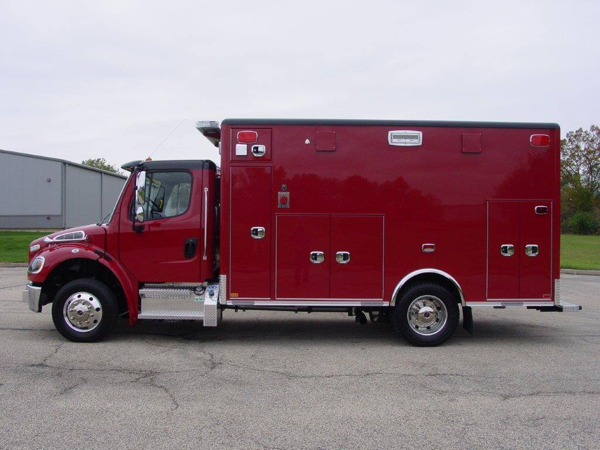Quote:
Originally Posted by JSH

FWD is a rather poor fit for a cargo van intended to actually do work. Putting weight into the van shifts the weight distribution away from the drive wheels. Yes, it saves a bit of weight (the FWD Sprinter is 220 lbs lighter than the RWD version) but that is a small weight savings for a vehicle with a gross vehicle weight of 10,000 lbs.
|
It's not really as bad as you believe it is. On a sidenote, the weight bias seems to be what dictates FWD vans to usually have a shorter rear overhang, allowing to better balance the load between the axles.
Quote:
|
But again - The USA market has all types of vans available. FWD unibody, RWD unibody, and RWD body-on-frame. Today the commercial buyers in the USA choose to buy RWD van. It isn't about redneck showing off since nobody buys a commercial van to show off.
|
Rednecks showing off is related to trucks and SUVs, not vans. But some commercial operators who could actually be better served by a van go for a truck because it's often deemed more desirable by the average Joe. An exception might be Argentina where vans seem to be more appreciated.
Quote:
If you want to talk about over-sized ambulances here you go. A Chicago Fire ambulance built on a Freightliner Class 6 truck chassis

|
That's a nice one. I have already seen ambulances built on Class 5 trucks in Brazil, but those are not so widespread. When it comes to fire departments, in some smaller Brazilian towns there are some "combination vehicles" which have some of the typical firefighting and rescue equipment and a medical compartment on the same vehicle, which is not the best solution but allows a smaller yet less specialized fleet to be kept, decreasing overall costs of some firefighting stations in smaller towns.